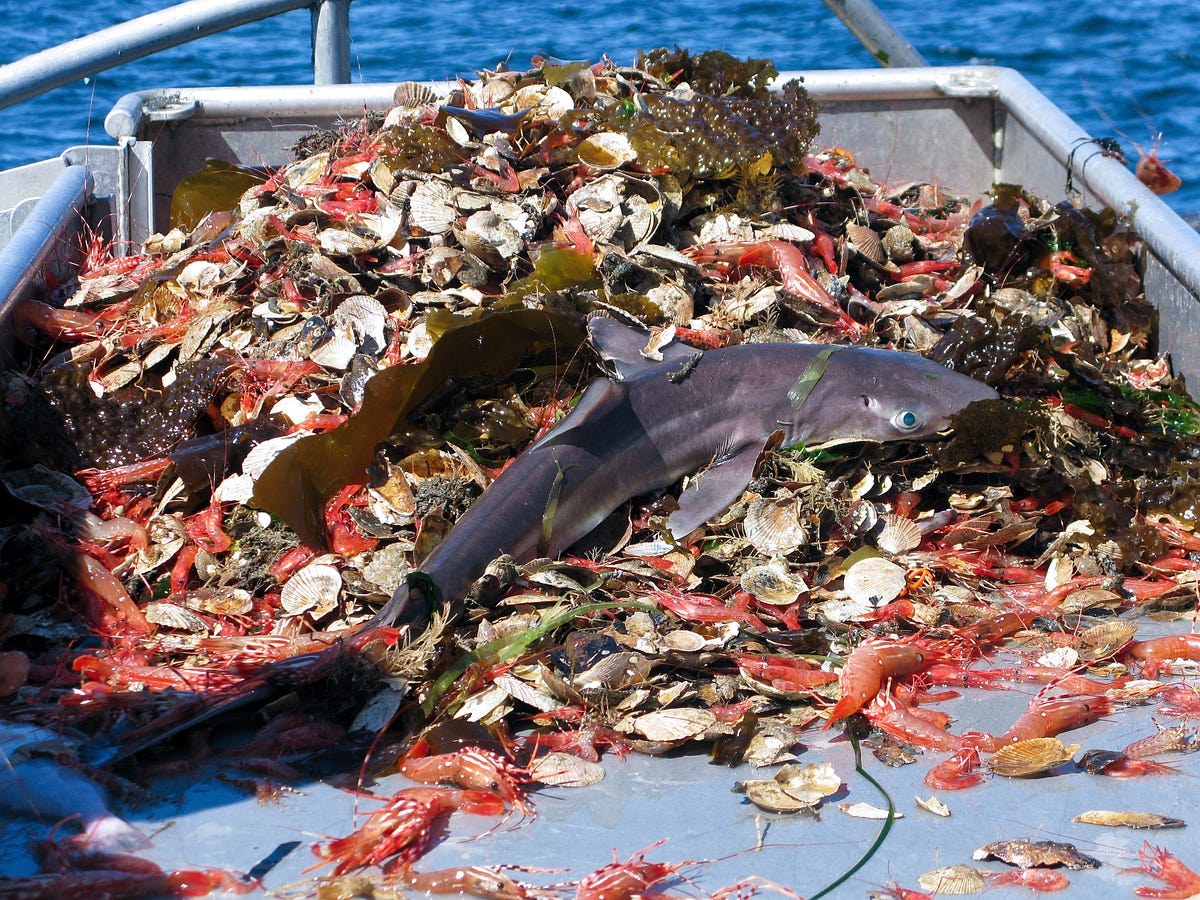On Tuesday our guest speaker, Justin McGonigal, came in to discuss sustainable nutrition and his personal experiences. Throughout my 3 years of being a Public Health Major whose about to graduate this spring, I have learned the importance of a healthy, balanced diet. Last year one of my Professor’s, Professor Lavelle presented us with a project that I thought was not only ridiculous, but difficult being a college student. She had us, for a whole week experience a whole foods plant based diet and consume 2 to 3 meals a day that were strictly plant based. When she said no meat, including fish I thought that this would be the hardest thing to experience. I decided in that moment that I was not going to participate in this project, I would fake it till the end, how would she know? Well, that’s where my story begins.
When I read over the syllabus for this project I realized that not only did we have a partner, but we had to take pictures of our meals, “accountability is important for this project”…I and my bank account were officially screwed. The first of this project she wanted us and our partner to go to the grocery store and find a meal under $10; which was our budget. Que selfie with partner on aisle 7! Once we figured out what meal we wanted to make; thank you Pinterest, we were able to find all the ingredients and to my surprise we only spent $2 over our budget which wasn’t too bad. After my experience with the grocery store I started thinking that this project might actually be interesting, so I decided to actually put effort into it and ignore my doubts. Over the course of the week I learned about a whole foods plant based diet. I not only lost weight, but I looked and felt incredible, my energy levels were through the roof and my mental state was completely different, but for the better. I no longer felt depressed and anxious, I’m usually the girl that tends to “overthink” everything that goes on in my life and that even seemed to fade as well. My personal experience with this diet was overwhelming and such an incredible journey in a matter of 1 week. That summer after Junior year, I was able to share my experience and actually help someone using this knowledge that I have learned. I just didn’t expect it to be someone that was extremely close to me…that someone was my father.
The summer of 2017 my father had a blocked artery in his heart and he caught it before a heart attack could. The doctors at MUSC were incredible and saved his life by placing a stent in his heart, he say’s that he feels like a new man! All my life he’s always had elevated cholesterol levels. My father has been placed on a diet plan, but he slips up like any normal human; more so than he should. He has become a very athletic 55 year old man. He runs almost everyday, participating in marathons such as the Kiawah and Myrtle Beach marathon alongside my 26 year old sister and boy can he keep up; chicken legs! He’s even joined the Park West, Men’s Tennis League. a bunch of old men playing tennis is definitely a funny sight to see, but I’ll give it to my dad he’s the best one out on that court! I have mentioned to him lately, especially after this lecture with Justin McGonigal that he needs to be implementing a whole foods plant based diet. I practically retold the whole lecture to him. Like any adult now a days and parent, he laughs at me and say’s that his Paleo diet is “doing just fine”! I guess I can’t blame him, no parent wants advice from their kids and he most definitely doesn’t want to say that I’m right (maybe I should email him the lecture on YouTube!). I love him and he loves me, and I will always keep bringing it up till I’m blue in the face whether he wants to listen or not. I am his daughter after all and you know what they say, the apple does not fall from the tree!
If anyone would like any information on recipes or general information I have a public Pinterest board dedicated strictly for a whole foods plant based diet! I am lactose intolerant and there’s even a recipe for vegan mac and cheese and it’s INCREDIBLE! Here is my link https://www.pinterest.com/lostgirls13/plant-based-diet-recipes/ ENJOY 🙂















